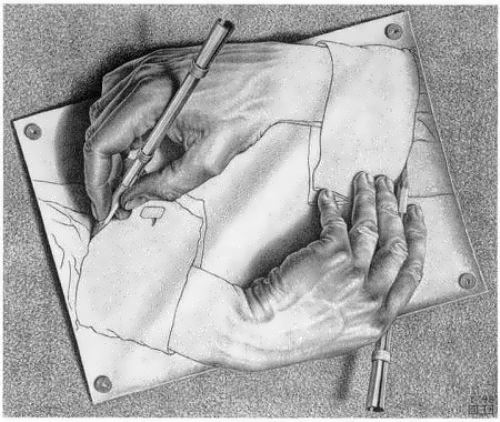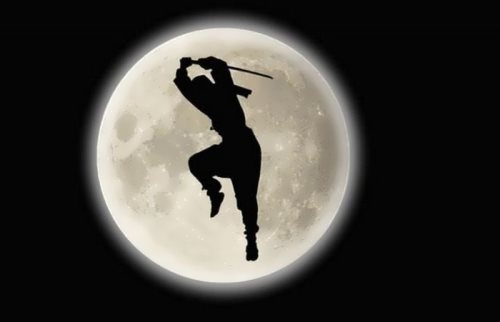Rhythm and Blues
Rhythm and blues (also known as R&B or RnB) is a popular music genre combining jazz, gospel, and blues influences, first performed by African American artists.
Contemporary R&B is a music genre of American popular music, the current iteration of the genre that began in the 1940s as rhythm and blues music. Although the acronym “R&B” originates from its association with traditional rhythm and blues music, the term R&B is today most often used to define a style of African American music originating after the demise of disco in the 1980s.
R&B laid the groundwork for rock & roll.
Rhythm and Blues was the urban popular black music of the 1940s and 1950s. It used small-group jazz instrumentation, centered on piano and saxophone as often as on guitar. Billboard magazine first used the term ‘Rhythm and Blues’ as the title for its black music charts in 1949, replacing ‘‘race music.’’
More »






